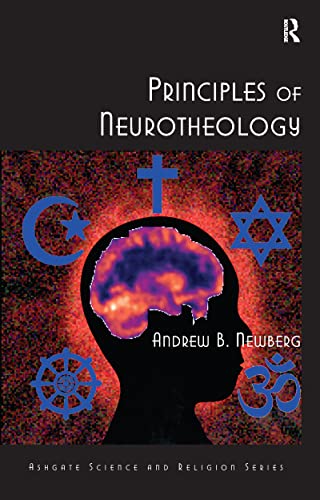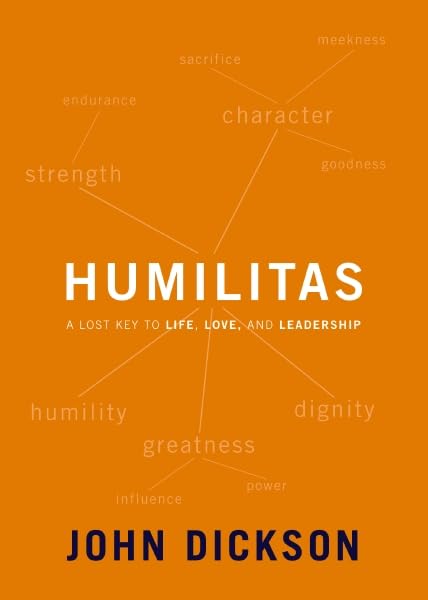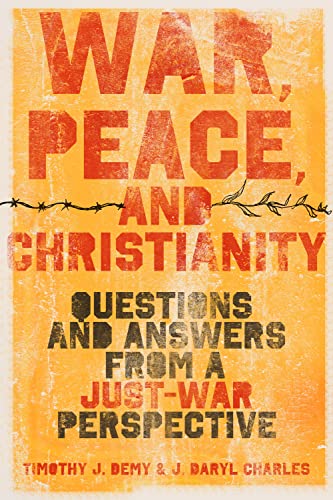Of the making of books on Jesus there is no end. After you read a few dozen of them, they more or less begin to sound the same. A few pages of skimming and you can have a fairly decent handle on the direction of the argument and the nature of the presuppositions. But every now and then a peculiar volume arrives on your doorstep that causes you to read its contents straight through. Olav Hammer has edited such a book inAlternative Christs. In some ways, the volume is similar to Jaroslav Pelikan's Jesus through the Centuries: His Place in the History of Culture. Both, in varying degrees, look at the complex cultural deployment of Jesus in varying historical forms. In this sense, they are similar in their explication of the “cultural capital,” to plagiarize from Pierre Baudeau, of Jesus. The difference, however, is that whereas Pelikan's survey was more or less limited to the regional expressions manifest as varying topoi within the broader orthodox tradition, Alternative Christs examines “Jesus legends [from] part of the core mythology of various religious groups” (p. 1), that is, in alternative expressions to the core traditions of orthodox streams.
The designation of “religious group,” of course, has been the subject of much of Hammer's wider academic work. Pages 9-14 of the Introduction together with pp. 275-90 of the chapter on “Modern Jesus Legends” serve as useful introduction to methodological issues surrounding “the manifold results of the indomitable religious creativity of our species” (p. 14). The conclusion highlights various contemporary Jesus legends in order to provide a space for theoretical reflection on issues regarding how fresh narrative expressions relate to the more “general process of religious innovation” (p. 9).
The book begins with an introductory chapter by the editor that sets the scope and sequence of the proceedings (pp. 1-15). In this introduction, Hammer carefully denotes that the adjective of the title is intended to be in scare quotes to “alert us to a potential pitfall with the term” (p. 9). That is, it could be read to assume a monolithic culture in opposition to divergent and marginalized innovations. His concern here is in problematizing old narratives on the singularity and fixity of culture/religion and offering in its stead an understanding of culture/religion as “a profuse repertoire of discourses and practices” (p. 10). Though this is certainly true and indeed a needed corrective to former readings, at some points the language might reach a bit much. For example, Hammer claims that diachronic “change arises because religions, like 'cultures' more broadly, have no essential components that are inherently stable over time: old doctrines are replaced by new ones, existing rituals die out in favor of ritual innovations, and organizational structures are transformed” (p. 11). I suppose it is the language of “replaced” and “die out” that I find problematic. Doctrines are not necessarily replaced so much as they are revised and updated. In other words, even in this change there is continuity. The term “replace” strikes me as stressing far too much discontinuity. Hammer's metaphor of religion as a vast repertoire is sharp, along with the notions of how repertoire assumes a limited selection of occasional deployment. It is in this highlighting of the social contingency of religious expression and form that is the strength of this new metaphor. “Religions have no impermeable, fixed and stable borders vis-à-vis others” (pp. 11-12). Their construction of identity and communal direction is, in some ways at least, contingent upon its social environs. Jesus narratives within these communities, then, are seen as “products of religious imagination” (p. 14). The Introduction sets a rigorous agenda that, sadly, some of the chapters do not seem to follow.
The chapters assembled in this volume are therefore analyses of such products. They all tend toward useful surveys—what more can be done in the scope of twenty-odd pages?!—and, frankly, some are simply flat-out interesting reads. Chapters 2-5 consider Jesus within the expressions of Gnosticism (pp. 16-29); the NT Apocrypha (pp. 33-47); Manichaean streams (pp. 51-69); and Islam (pp. 71-85). Each of these expressions, of course, and as the authors well-know, are no singular thing. There are variations and regional interests within each of these “traditions.” Michael Allen Williams and Karen King have helpfully raised the issue of problematic labeling of “Gnostic.” The same could be said with respect to all of these chapters in this group. Special mention, however, should be made regarding Islam. For example, the relationship of the Mahdi and Jesus in Shia and Sunni expressions are quite different and range in order of importance. Though certainly difficult to pull off a rigorous examination of these different emphases within Islamic expressions in brief compass, it goes to show that even within “alternatives” there are “alternatives.”
Chapters 6-8 look at the emplotment of Christ within the alchemical mass (pp. 87-109), the fascinating messianism of Guillaume Postel (pp. 113-29), and the visionary Emanuel Swedenborg, who attempted to merge biblicism and Enlightenment rationalism (pp. 131-48). Chapters 9-10 look at Hinduism (pp. 150-68) and Mormonism (pp. 170-88), respectively. The former is sensitive to the problematic label of “Hinduism,” but the author sees eight points that function as “widely held tenets” that “stand out across its manifold permutations” (p. 151; for the eight points see pp. 152-53). The latter chapter looks at the various images of Jesus that dominated the Mormon church's history. This chapter is particularly interesting in its understated social commentary on Mormonism as the “quintessential American religion” (p. 170). The final five chapters survey recent uses of Jesus within various religious expressions since 1870: the Theosophical tradition (pp. 190-207); the electrochristology of Ariosophy (pp. 212-37); the contemporary metaphysical church (pp. 240-54); the sci-fi Christology of the Aetherius Society and their confession of Commander Jesus aboard his spaceship, Mars Sector 6 (pp. 256-73); and, as already mentioned, Hammer's conclusion (pp. 275-90).
The volume will prove a useful resource for various disciplines. Within the study of religion, for example, I think it is an example of the fruitful exercise in comparing figures of commonality within varying traditions in order to demonstrate differences and similarities. But more generally speaking within studies of Christianity, I think this volume proves the dexterity of memory surrounding Jesus. This singular man—and he was at least that—inspired as many memories and traditions as there were communities to remember him. This “dexterity of memory” represented in alternative forms may well serve us in returning to the standard forms and consider afresh their transmission not so that we will doubt them, but so that we will stand in awe at the unsurpassing worth of one so often commodified.
Michael J. Thate
Michael J. Thate
Durham University
Durham, England, UK
Other Articles in this Issue
Evaluating a new English translation of the Bible can be extremely difficult...
In the November 2009 edition of Themelios, Dane C...
Jonathan Edwards (1703-1758) is remembered today as a saint, scholar, preacher, pastor, metaphysician, revival leader, theologian, Calvinist—the list goes on...
Almost two decades ago I wrote an essay titled " When Is Spirituality Spiritual? Reflections on Some Problems of Definition ...
He was the youngest son of elderly parents. His childhood was secluded and unhappy, which might in some measure account for his lifelong melancholy...







